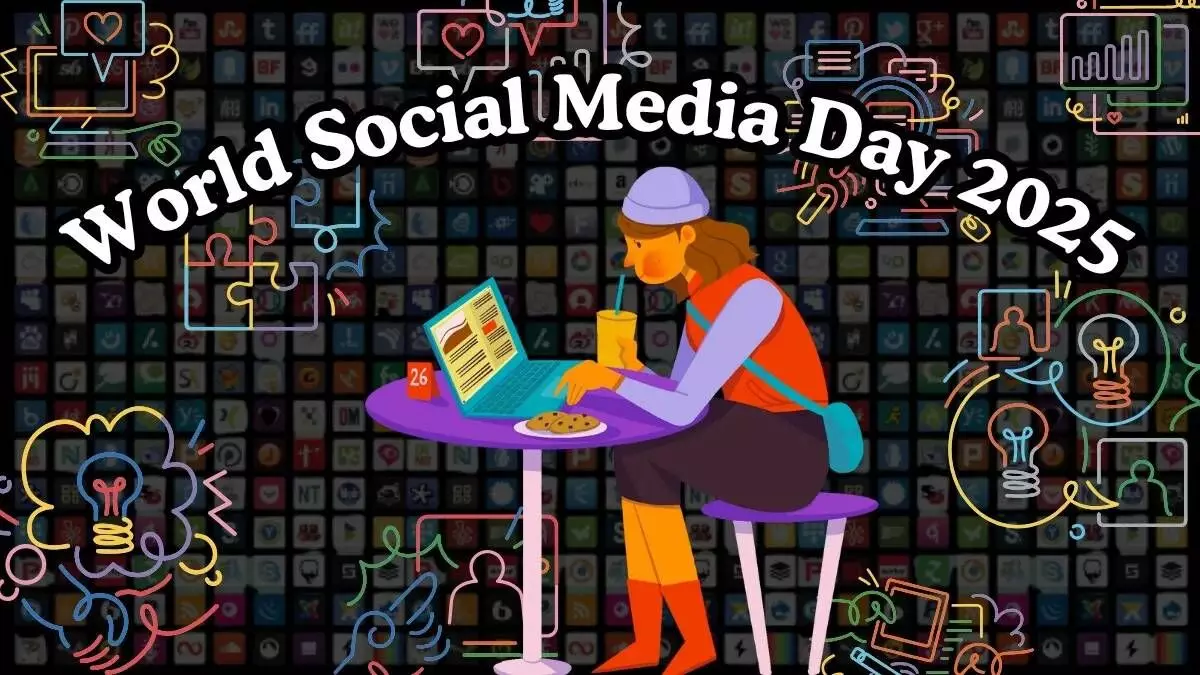World Social Media Day 2025: From Orkut Scraps to Instagram Reels – The Evolution of Online Networking in India
India’s social media journey from Orkut scraps to Instagram Reels reflects a digital revolution, transforming how we connect, create, and influence online.
image for illustrative purpose

India's social media journey has brought forth a digital transformation, from the early days of sharing crumbs on Orkut to the viral popularity on Instagram Reels. This World Social Media Day, we examine how Indians' connections, self-expression, and even career development have been revolutionised by online platforms. What began as a light-hearted method to keep in contact has developed into a potent instrument for activism, influence, and business, revolutionising daily life one post at a time.
Early Years: Friendster and Orkut
Friendster started India's social media journey, but Google's Orkut, which debuted in 2004, was the platform that really won over Indians. Millions were exposed to friend lists, online profiles, and the excitement of "scraps" by Orkut. With school groups, fan clubs, and personal updates, it was a bustling, small area. But soon after, competitors entered the market due to growing spam and privacy concerns.
The Ascent of Facebook to Domination
Young people in India were immediately drawn to Facebook since it was a more sophisticated and secure platform. It became the preferred platform for discussing life events, getting back in touch with old pals, and expressing emotions through status updates. Facebook's popularity was aided by low-cost smartphones and the expansion of its app store, and companies started to take advantage of its marketing capabilities.
Twitter: The Centre for News and Conversation
In India, Twitter became the go-to source for real-time news and opinions, while Facebook linked personal networks. Trending hashtags like #IndiaWantsToKnow and #IPLFinal were used to start national debates as celebrities, politicians, journalists, and regular people resorted to Twitter for updates and activism.
Instagram's Revolution in Visuals
By emphasising images and videos, Instagram altered the rules. Influencer culture emerged and lifestyle sharing—food, fashion, and travel—became more common. Users were given additional avenues for creative expression with Reels and Stories, where filters and aesthetics shaped digital identities and even job pathways.
India's Video Superpower: YouTube
YouTube evolved into India's platform for a wide range of material, including humour, tutorials, music covers, and instructional videos. Big fan bases grew for creators like Bhuvan Bam, Prajakta Koli, and CarryMinati, and regional content thrived, overcoming linguistic barriers and increasing access to digital content.
The Local Wave: Koo, ShareChat, and Moj
Indian platforms like Moj, Josh, and Roposo, which prioritise regional languages and local content, flourished following TikTok's 2020 prohibition. Koo became a Twitter-like app in Indian languages and even attracted government users, while ShareChat promoted community involvement outside of English.
WhatsApp's Pervasiveness
Despite not being a conventional social networking platform, WhatsApp transformed communication in India by outperforming SMS, turning into a news source, a political tool, a company promotion tool, and a customer service tool. It also influenced how millions of people keep in touch on a regular basis.
The Future: AI, Influencers, and Digital Identities
With over 800 million internet users in India, social media is now an ecosystem of content creation, sharing, and monetization. Artificial intelligence, digital avatars, and metaverse platforms are shaping the next frontier, reflecting India’s dynamic society and evolving digital culture.
Conclusion
India’s shift from Orkut to Instagram is more than just a change of platforms—it’s a transformation of people and culture. Social media today influences elections, careers, activism, and public perception. And as technology advances, this evolution is far from over.

